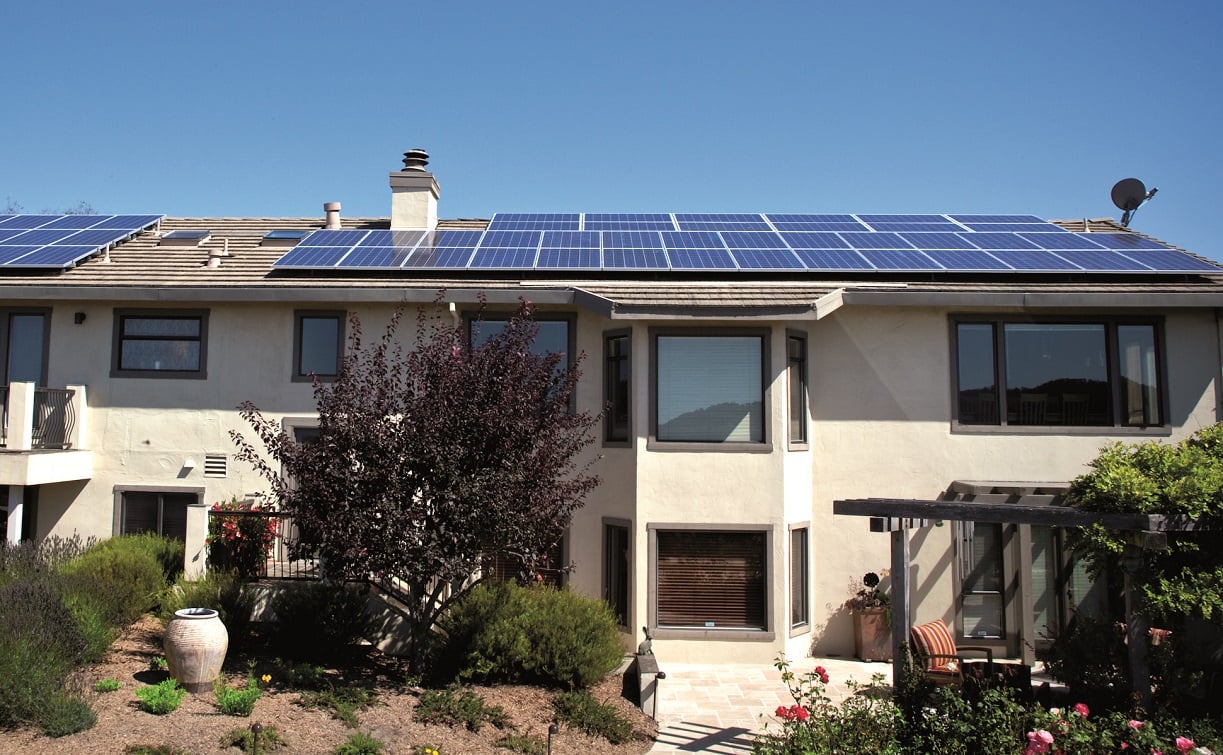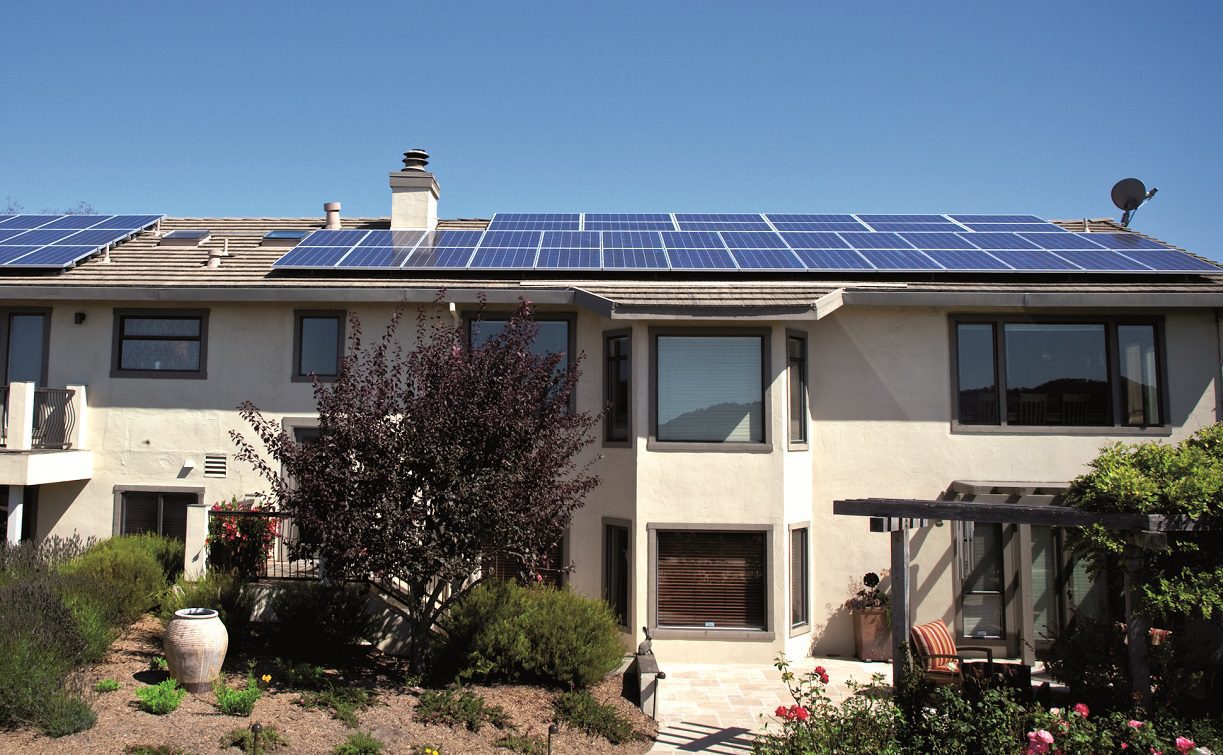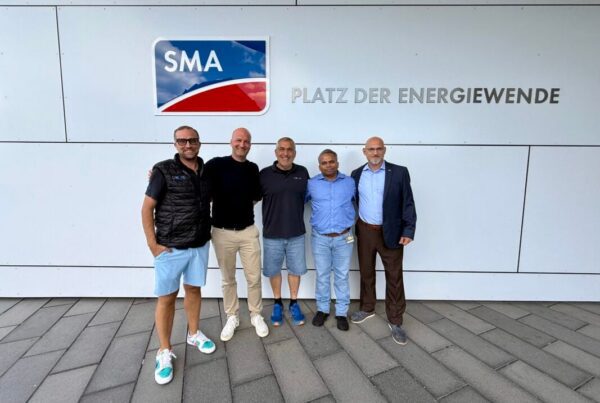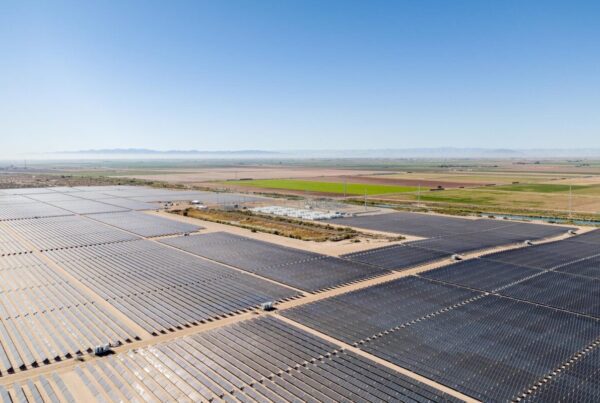
The company added that its algorithm analyses and predicts ahead of time, searching for weather conditions or planned grid events that would affect the price or efficiency of a residential solar generation system. If the installed system is not forecast to meet demand that day, the algorithm would compensate by partially charging its residential battery with super off-peak time power from the grid, thus saving the consumer from using peak-time power as well as balancing grid demand.
In its press release, sonnen said that, viewed as a single state-wide battery network or virtual power plant, the sonnenConnect system “represents a blueprint to accelerate the energy transition”. Optimised and time-managed renewables sources can allow for greater penetration and capacity whilst maintaining a balanced grid, the latter of which California is severely in need of upgrading according to a white paper published in September by state utility Edison International.
On days where injecting power back into the grid would be financially beneficial, the algorithm would inject only at the most valuable times using the NEM 3.0 Avoided Cost Calculator.
Ultimately, sonnen claims that the sonnenConnect system and algorithm would result in savings comparable with the rates expected under NEM 2, the previous net metering legislation which offered far higher rates of repayment to consumers selling power back to the grid and was a large driver in California’s large uptake of residential rooftop solar and its position as the biggest residential market in the US.
“Our German heritage has taught us a great deal about the potential of grid-optimised energy storage systems, functioning as a single grid asset, providing authentic grid services for society in a manner that accelerates true energy transition,” said Blake Richetta, chairman and CEO of sonnen Inc.
Incentivising battery storage and load shifting
NEM 3.0 deploys TOU rates for consumers that vary significantly between peak and off-peak hours. When the bill passed in December 2022, the California Public Utilities Commission said that the TOU rates “incent battery storage and load shifting from evening hours to overnight or midday hours.”
Some solar industry representatives, such as the California Solar and Storage Assocation, have been scathing of NEM 3.0 and warned that it could “cut solar off at the knees” by making it far less financially attractive to new customers.
However, as covered by our sister publication Energy-storage.news, residential energy storage providers, including sonnen, were more receptive to the change. CEO Blake Richetta said at 2022’s RE+ trade show that “we are following the natural path of grid architecture and grid science. We must transform renewable energy to something dispatchable. We believe there is a world that must be beyond net metering.”
As experts predicted at the time of NEM 3.0’s announcement, California saw a flurry of residential solar installations between the announcement and implementation of the bill. San Francisco-based residential solar developer SunRun reported a 25% jump in installations in 2022, led by Californian installations that rose 30%. SunRun’s competitor SunPower expanded its California marketing and sales division around the same time in order to capitalise on the customers looking to secure favourable NEM 2 export rates before the new legislation kicked in.
The rollout of this algorithm in California deepens sonnen’s partnership with California home energy solutions provider Baker Home Energy, which incorporated sonnen’s product into its ChargeOn residential customer programme, which is tailored to NEM 3.0. Baker aims to incorporate 6,000 batteries into the system across southern California by 2025.
Reports from earlier this year, covered once again by our sister site Energy-storage.news, said that Shell – sonnen’s parent company – was looking to sell it, looking for buyers willing to take at least a majority stake, and possibly the whole operation. As of September, sonnen’s valuation was reported between €1.35-1.8 billion (US$1.45-1.93 billion). Whether the sale would include the US arm of sonnen is yet to be clarified.






